Rising Energy Demand
The increasing demand for energy across various sectors is a primary driver for the Distributed Solar Power Generation Market. As populations grow and economies expand, the need for sustainable and reliable energy sources intensifies. In recent years, energy consumption has surged, with projections indicating a potential increase of 30% by 2030. This heightened demand compels both residential and commercial entities to seek alternative energy solutions, such as distributed solar power. The Distributed Solar Power Generation Market is well-positioned to meet this demand, offering localized energy production that reduces reliance on traditional grid systems. Furthermore, the integration of solar technology into energy systems can alleviate pressure on existing infrastructures, making it a viable option for future energy needs.
Government Incentives and Support
Government policies and incentives play a crucial role in shaping the Distributed Solar Power Generation Market. Many governments worldwide have implemented favorable policies, such as tax credits, rebates, and grants, to encourage the adoption of solar energy. These incentives lower the financial barriers for consumers and businesses, making solar installations more appealing. For instance, in several regions, tax incentives can cover up to 30% of installation costs, significantly enhancing the return on investment for solar projects. Additionally, regulatory frameworks that promote net metering and feed-in tariffs further stimulate market growth. As governments continue to support renewable energy initiatives, the Distributed Solar Power Generation Market is expected to thrive, attracting more investments and innovations.
Cost Reductions in Solar Technology
The continuous decline in the cost of solar technology is a significant factor propelling the Distributed Solar Power Generation Market. Over the past decade, the cost of solar photovoltaic (PV) systems has decreased by approximately 80%, making solar energy more accessible to a broader audience. This reduction in costs is attributed to advancements in manufacturing processes, economies of scale, and increased competition among solar providers. As prices continue to fall, more consumers and businesses are likely to invest in distributed solar solutions, thereby expanding the market. The affordability of solar technology not only enhances its attractiveness but also encourages innovation within the Distributed Solar Power Generation Market, leading to the development of more efficient and effective solar solutions.
Environmental Concerns and Sustainability
Growing awareness of environmental issues and the need for sustainable energy sources are driving the Distributed Solar Power Generation Market. Climate change, pollution, and resource depletion have prompted individuals and organizations to seek cleaner energy alternatives. Distributed solar power generation offers a solution by harnessing renewable energy from the sun, significantly reducing carbon footprints. According to recent studies, transitioning to solar energy could potentially reduce greenhouse gas emissions by up to 70% in certain regions. This shift towards sustainability not only aligns with global environmental goals but also enhances the reputation of businesses that adopt solar solutions. As more stakeholders prioritize sustainability, the Distributed Solar Power Generation Market is likely to experience accelerated growth.
Technological Innovations and Integration
Technological innovations are transforming the landscape of the Distributed Solar Power Generation Market. Advances in solar panel efficiency, energy storage solutions, and smart grid technologies are enhancing the viability and attractiveness of distributed solar systems. For example, the development of high-efficiency solar panels has increased energy output, while improvements in battery storage technology allow for better energy management and utilization. These innovations not only improve the performance of solar systems but also facilitate their integration into existing energy infrastructures. As technology continues to evolve, the Distributed Solar Power Generation Market is likely to benefit from enhanced system capabilities, leading to increased adoption rates and a more robust market presence.


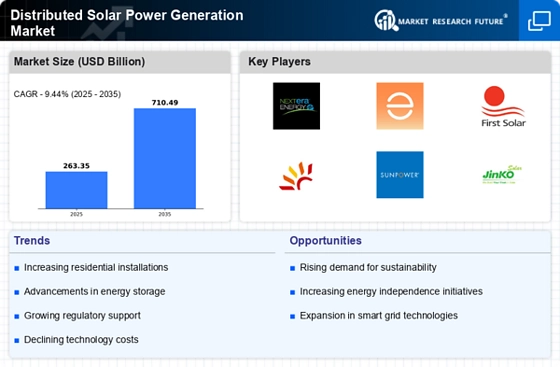

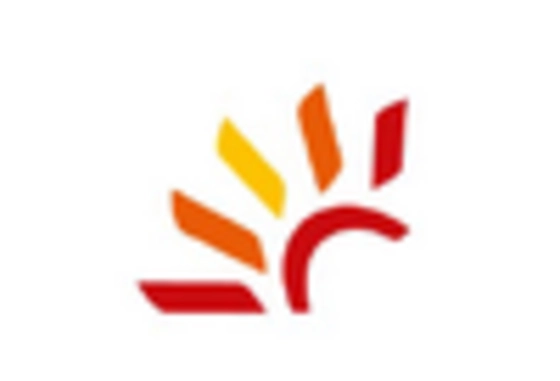


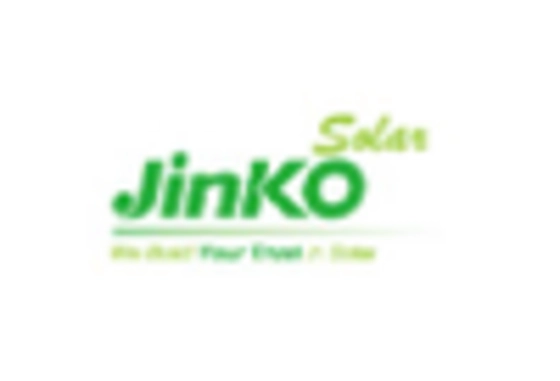
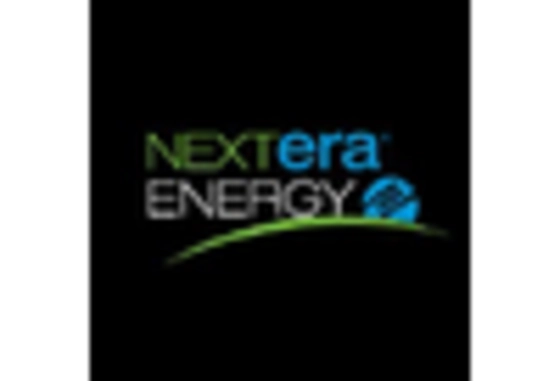
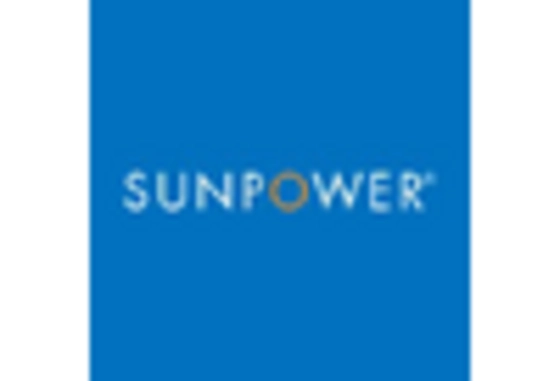








Leave a Comment